Are you tired of looking at those has-been pieces of furniture? Don't toss them just yet! Why not upcycle them? Transform them into glorious new articles with a coat of paint and some upholstery fabric.
Upholstery fabrics are the unsung heroes of interior transformations. They're not just about looks; they love giving your treasured furniture a fresh lease on life.
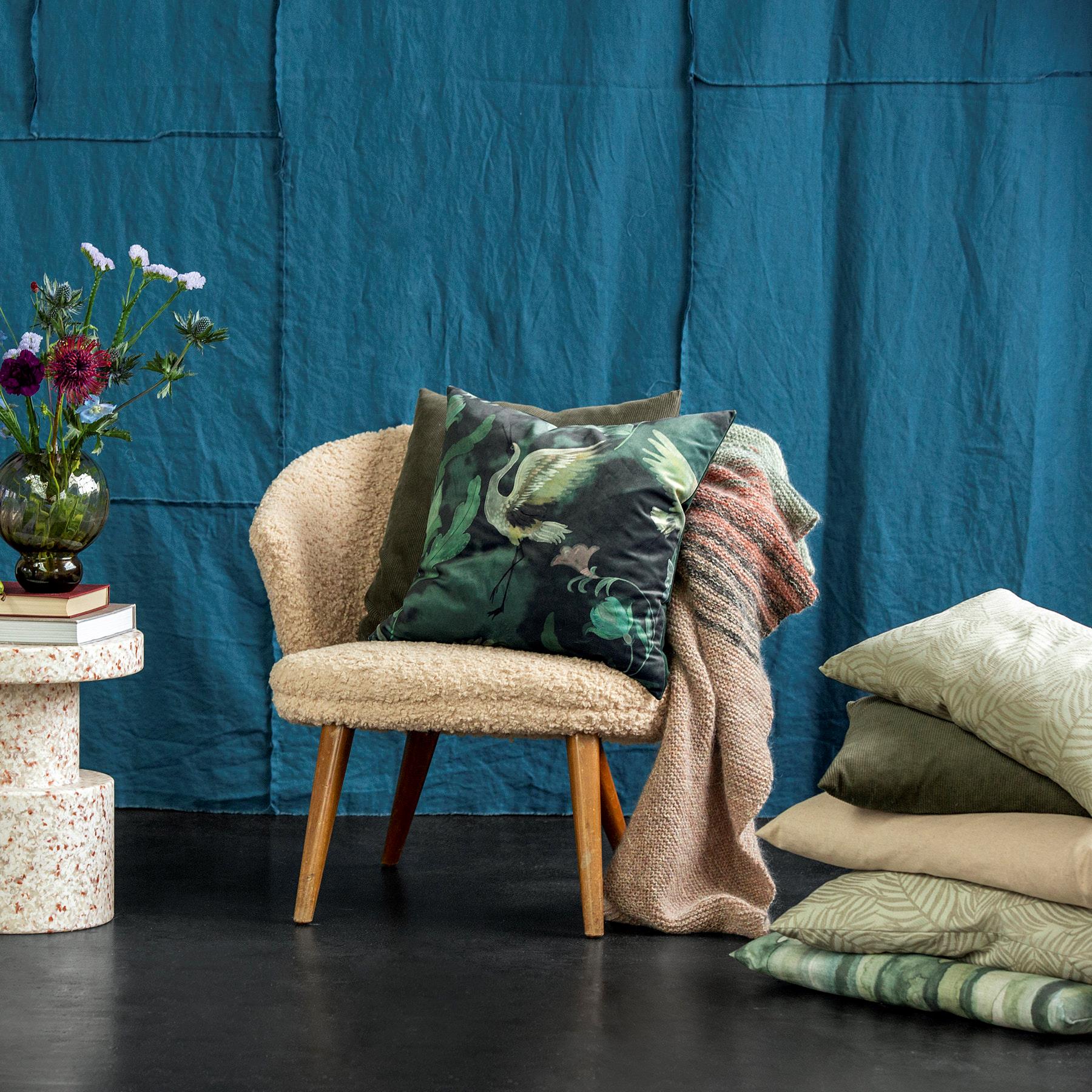
Everyone enjoys sinking into a comfy chair after a long day, right? But that daily use wears down your fabric. So, while it's delightful if that chair also looked stunning, ensuring it remains that way is the real game.
Therefore, choosing durable fabrics with a high Martindale score is vital. This way, your upholstery project doesn't just start as a looker but stays a looker for years.
Fabric durability: Decoding the Martindale Score
The Martindale rub test is used to rate the durability of upholstery fabric. A higher score indicates that the material will resist wear for longer. Fabrics are placed on a scale from 10,000 to more than 100,000.
- 10,000 - 15,000 Martindale
Light-use furniture, such as fancy cushions and headboards. - 15,000 - 25,000 Martindale
Medium-use furniture, such as footstools, decorative benches - 25,000 - 30,000 Martindale
Regular-use furniture, such as dining chairs, office chairs, etc. - 30,000 - 40,000+ Martindale
Heavy-use furniture, such as sofas, lounge chairs, armchairs, and the like in the sitting room.
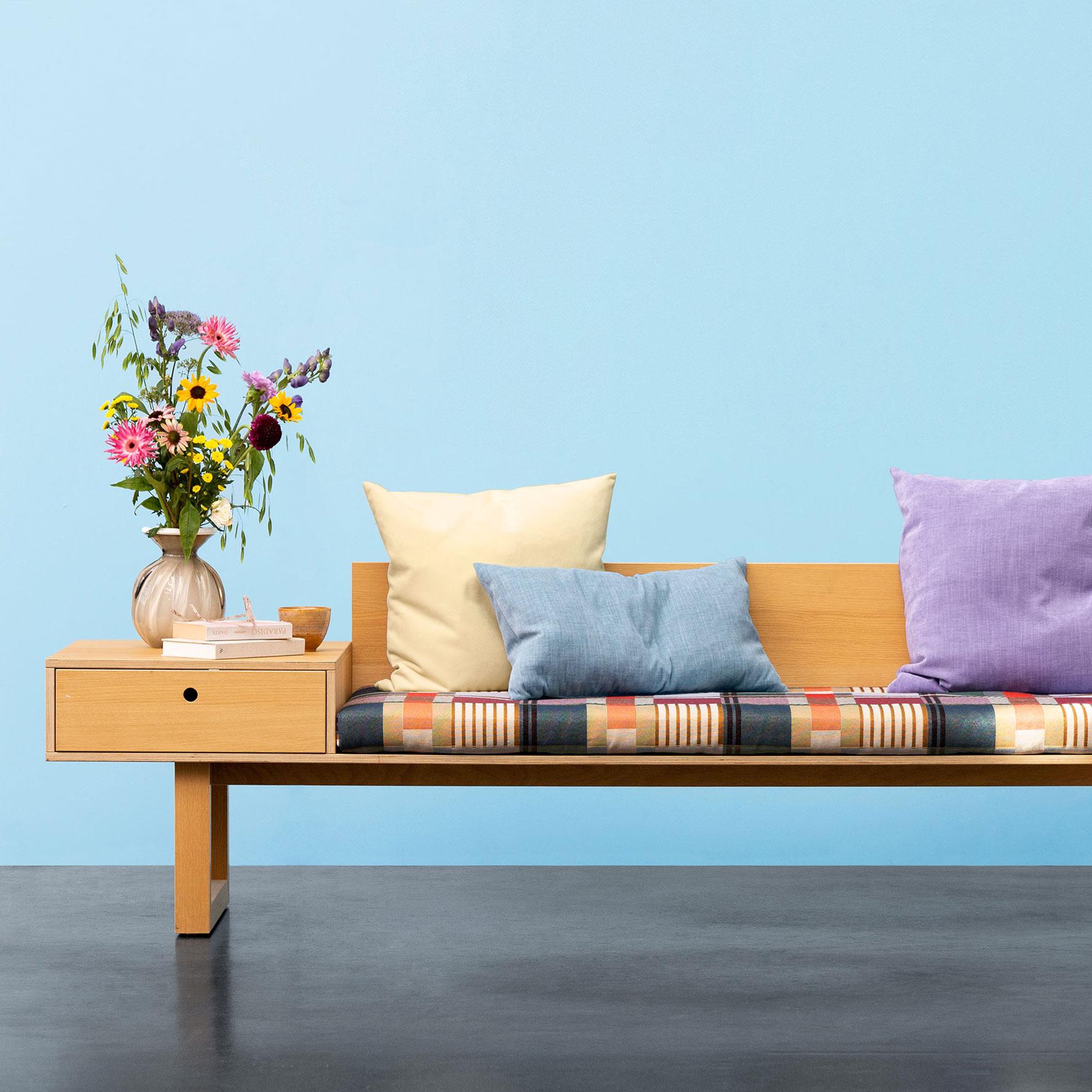
We recommend you use the Martindale score to determine which fabric is best for your upholstery project.
Upholstery fabric for dining room chairs
They face daily use and occasional spills. Opt for fabrics that offer resilience. Therefore, we recommend you choose upholstery fabrics with a 25,000 to 30,000 Martindale score to reupholster your dining room chairs.
Upholstery fabric for sofa cushions
The living room's centrepiece deserves a fabric that can withstand the test of time. Exploring sofa upholstery fabric options, you'll want materials with a Martindale score of 30,000 to 40,000+ cycles. It ensures that the endless movie nights and lounge sessions leave memories, not wear marks!
Reupholstering a footstool
These functional pieces often get regular use, especially if positioned in front of a favourite armchair. However, less wear than in primary seating areas. That is why a range of 15,000 – 25,000 Martindale will suffice.
DIY Headboards with upholstery fabric
A fabric in the 10,000 - 20,000 Martindale cycles range would suit a headboard. Headboards generally don't undergo as much friction or wear as seating furniture. However, they still require a reasonable level of durability, especially if you often read or sit up in bed.
Given its semi-frequent use and the possibility of contact with oils from hair or skin, it's advisable to choose a fabric that offers some durability, making this range a good choice.
We've compiled a step-by-step for this project and gathered everything you need to make a padded headboard.
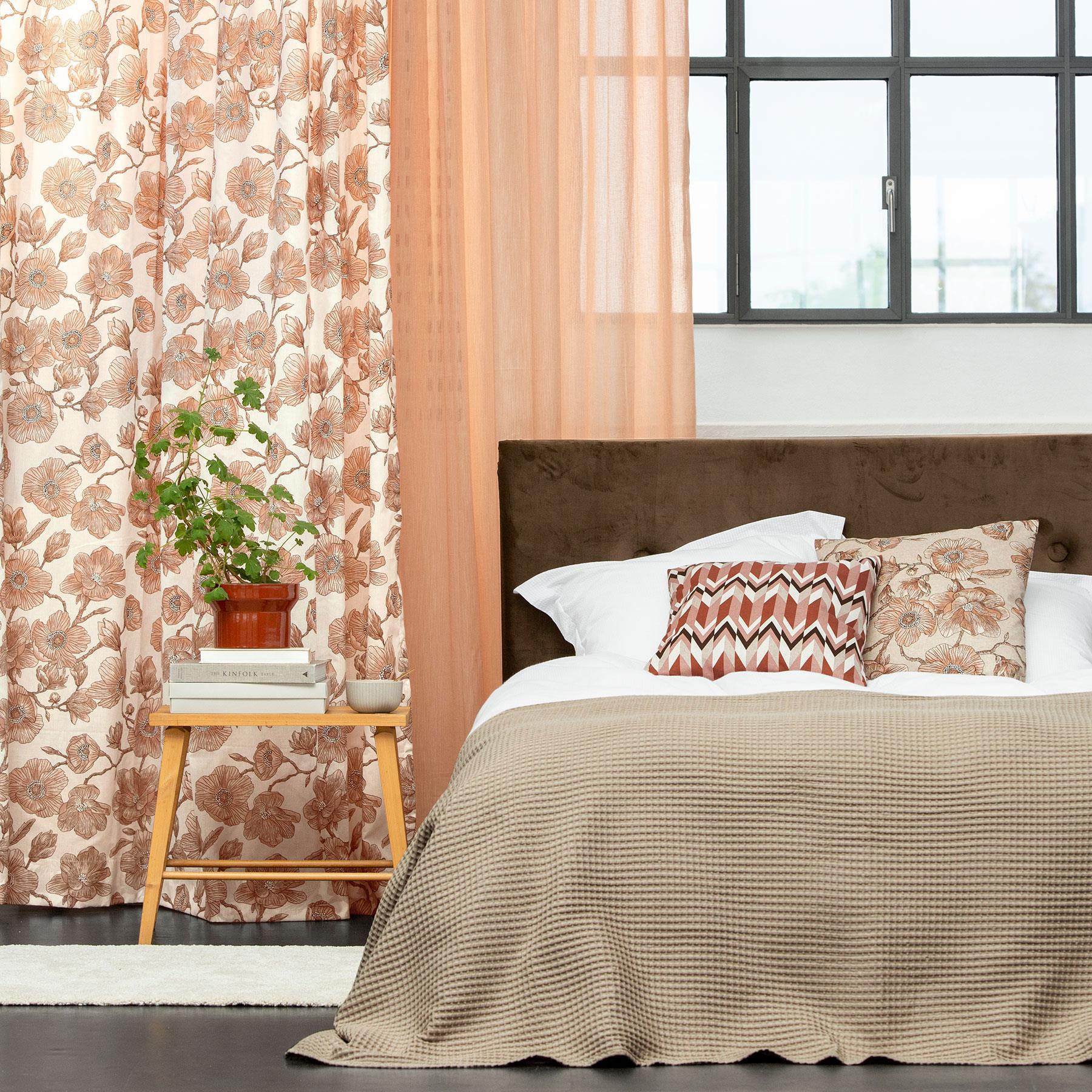
Floor Cushions
Durability is of utmost importance for floor cushions because they experience a lot of direct wear and tear, given that they are constantly in contact with the floor and frequently sat upon. A fabric with a Martindale score of 25,000 to 40,000 would be suitable.
Want to create your own? Follow our step-by-step guide for floor cushions here.
Outdoor Furniture
For weather-resistant options, consider water-resistant fabrics, such as Dralon® and Albertosun™. For more outdoor furnishing inspiration, have a look here.
If extra padding is required, we recommend using hobby foam that you can easily cut to size with a sharp Stanley knife. Then, cover your foam padding with batting.
Batting smooths imperfections in the foam and gives your furniture a plusher appearance. At the same time, it adds comfort and isolation and refines the edges for a softer finish.
Recommended for you:
You can use any odd fabric to finish the backside of your upholstery fabrics. We usually pick cotton canvas, which is sturdy, tightly woven, and available in numerous colours.
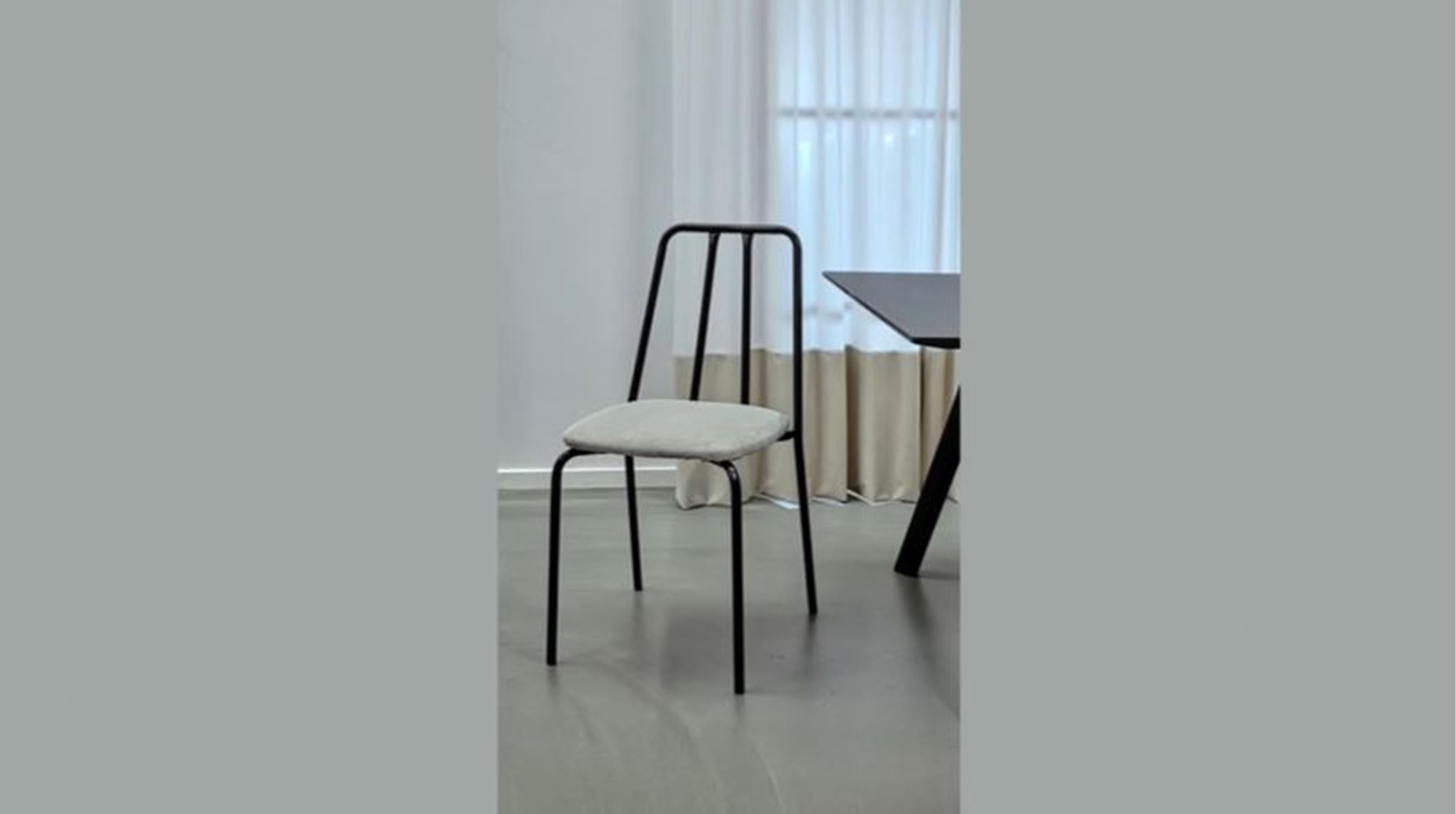
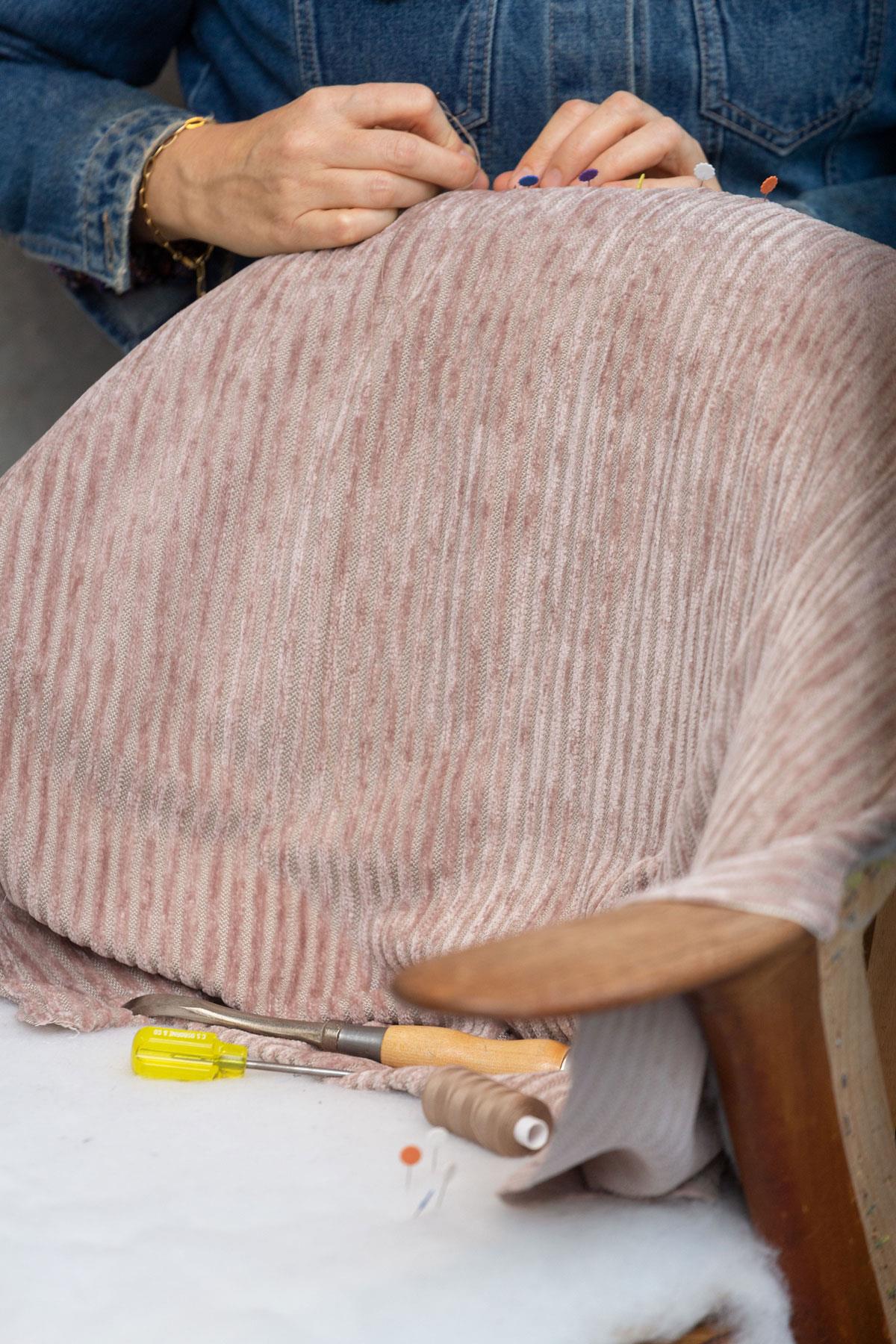
Reupholstering furniture requires specific tools to ensure the job is done correctly. Here are the most essential tools for reupholstery:
- Staple Remover & Pliers
Crucial for removing old staples and nails from existing upholstery. - Heavy-Duty Staple Gun
Attach fabric and batting to the furniture frame with various staple sizes on hand. - Scissors
Sharp tools specifically designed for cutting fabric. - Hammer (or Tack Hammer):
A lightweight hammer with one magnetic end to help hold and place tacks or nails. - Upholstery Needles
Long, heavy-duty needles designed for stitching through thick fabric and padding. This includes curved needles, which are especially handy for tricky seams and corners. - Chalk or Fabric Marker
Useful for marking cuts and seams on fabric. We recommend using a self-erasing marker. - Upholstery Pins or Tacks
To temporarily hold the fabric in place before permanently attaching. - Measuring Tape
Essential for measuring fabric, foam, and furniture. - Upholstery Thread
Thick, strong thread suitable for the demands of furniture use.
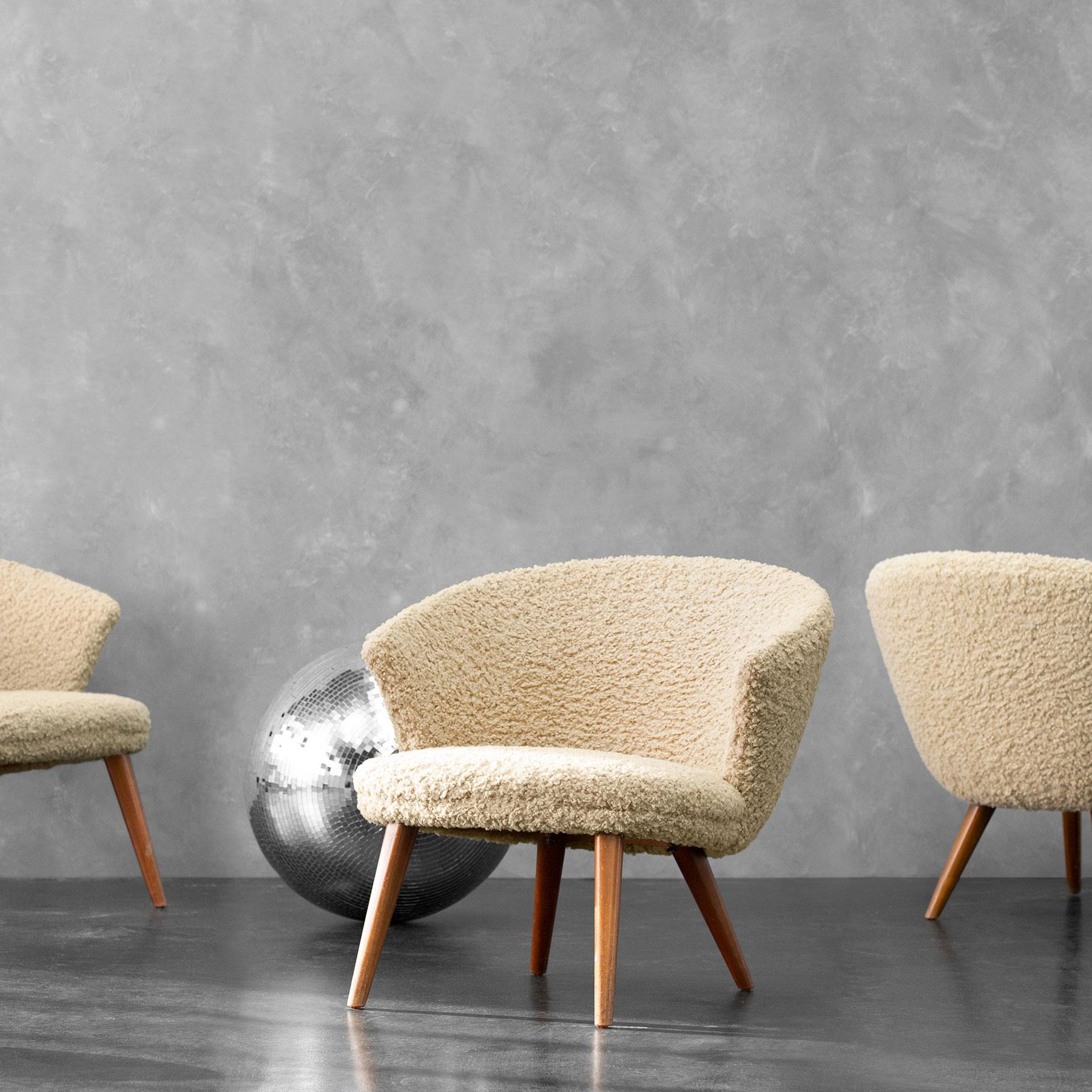
Follow us on our social media platforms for daily inspiration and more. And when you're done with your upholstery project? Tag us with #selfmadecreators when you post it to Instagram. We would love to see your creations!
Need Assistance?
Our Selfmade stores house expert personnel ready to assist with any queries. Drop by and let us guide you through your upholstery journey!